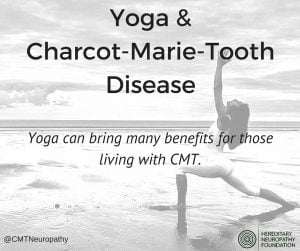 From “hot yoga” to paddleboard yoga, mantra chanting to meditation, the ancient spiritual practice of yoga has exploded into a wide range of styles and disciplines in Western culture. It’s hard not to pass by a yoga studio in your town, or hear about the latest celebrity to take up the popular practice.
From “hot yoga” to paddleboard yoga, mantra chanting to meditation, the ancient spiritual practice of yoga has exploded into a wide range of styles and disciplines in Western culture. It’s hard not to pass by a yoga studio in your town, or hear about the latest celebrity to take up the popular practice.
Why are so many rolling out their yoga mats for their daily dose of Om?
While many practice yoga as a workout, yoga is really a work-IN.
Yoga brings the body, mind, and spirit into balance, harmony, and union. Through various poses, breathing exercise, meditative practice, and self-study, yoga facilitates self-awareness and greater consciousness of the world around us.
“Yoga is the journey of the self, through the self, to the self.”
– The Bhagavad Gita
With the daily challenges life can bring, we are all susceptible to physical and emotional stress, illness, and injury.
Charcot-Marie-Tooth patients not only face those challenges, but the additional struggles of living with a progressive neuropathy.
Symptoms related to CMT can put an immense amount of stress on the body and mind. Chronic stress can impair the immune system. Weakened muscles can increase the chance of falls and fractures. Difficulty coping with the progressive disease can increase the risk of depression and other psychological problems.
A consistent yoga practice can help reduce stress, bringing harmony and balance to the body, mind, and spirit.
Here are several benefits CMT patients can experience with a yoga practice:
Physical Benefits
Yoga can increase and improve:
- Circulation
- Flexibility
- Balance
- Coordination
- Strength
Emotional Benefits
Yoga can help:
- Reduce stress.
- Give an overall sense of wellbeing.
- Increase mental clarity and focus.
- Increase confidence and self-esteem.
Introducing yoga into your daily routine will bring many benefits for those living with CMT. There are no prerequisites for practicing yoga. You are not required to be flexible, or stand on one foot with the other one over your head!
All you have to do is show up:)
There are many different styles, classes, and teachers in the yoga community. Spend time visiting a few local studios and interviewing teachers. The right teacher will help modify poses and provide additional props and tools to assist your practice.
Be sure to discuss any physical program with your doctor before you engage in a yoga practice.
Namasté!

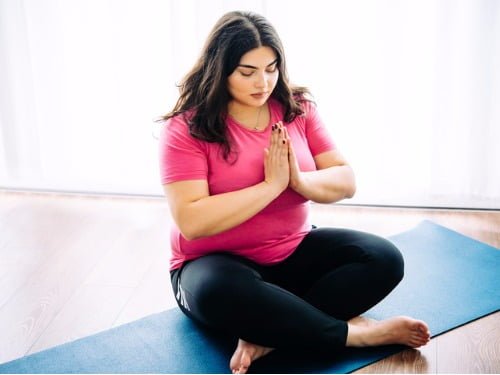


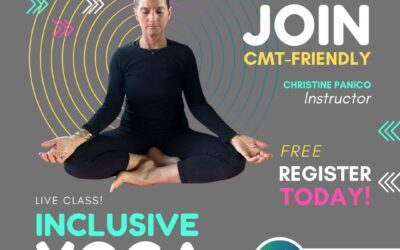
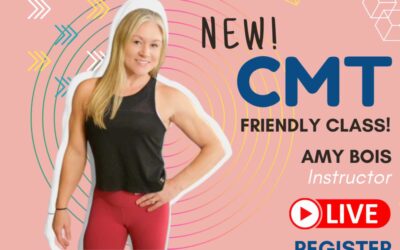
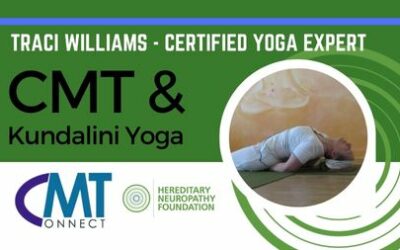
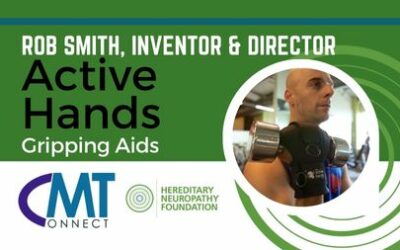
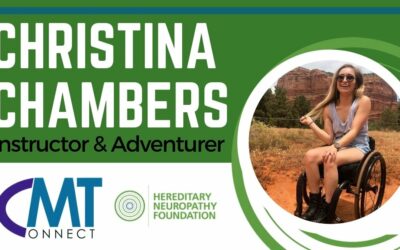
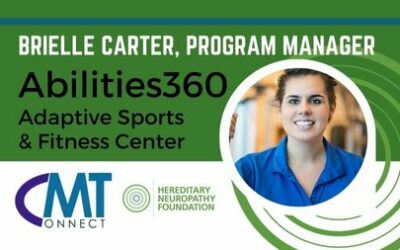
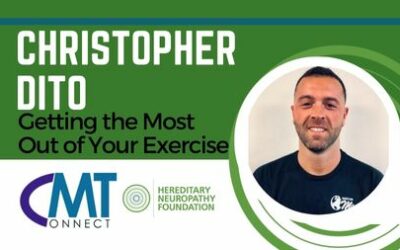
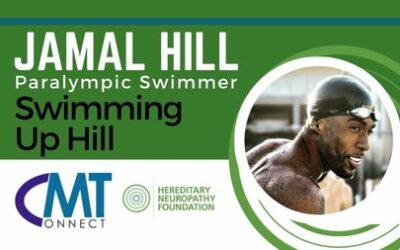
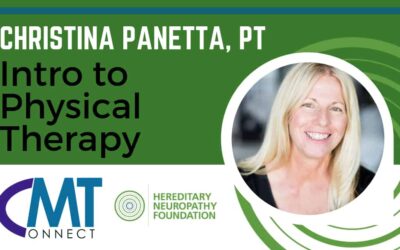
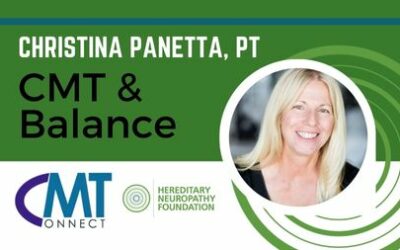
Hi, I am 52, have CMT and I really believe movement is medicine. I love swimming, it can prove to be a slightly logistic challenge to get in the pool! but once swimming I find it enables a full body work out, without impact. Over lockdown I have been accessing cardio chair workouts. I am looking forward to the pool reopening. I have accessed chair yoga in the past which I would definitely recommend, yesterday I tried floor yoga by following a recorded session on HNF site. Presenter/instructor Christine Panico, it was really good, encouraged mindful breathing and a range of stretching and strengthening exercises, you can set all to your own ability which is really encouraging. I wanted to thank the HNF website for replying so quickly to a question I had this week. It is such a valuable organisation thank you.
Kind regards Ros
I have been a practitioner of yoga for a while. I was doing mostly vinyasa flow yoga, a lot of floor poses, and had to stop for a while when I got diagnosed w/ CMT last fall. Floor poses can be hard on the hands and feet, and it was becoming too difficult for me to do. I recently took it up again, and I have to say that emotionally and spiritually, it’s very helpful, even if it is harder now than it was before. Doing yoga makes me feel like I can still use my body- I just take more breaks now and really listen to my body if it doesn’t like a pose and do more modifications than before. I’m not sure if I’ll stick with vinyasa flow long-term, as it is definitely not the easiest with CMT. Other types of yoga that I’ve heard might be good to try are hot yoga (all standing poses, less pressure on wrists and ankles), and quigong (also standing). Just putting this out there in the hopes it’s helpful to someone else!
I am a 56 year old CMT sufferer and I would love to learn yoga, not only for my body but for my mind too.